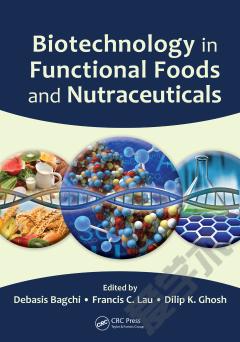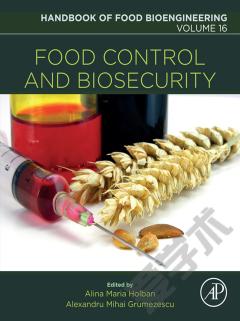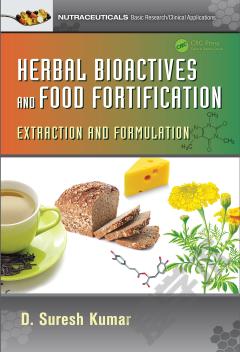Delivery and Controlled Release of Bioactives in Foods and Nutraceuticals
Part 1 The effectiveness of controlled release and delivery systems: Assessing the bioavailability of nutraceuticals Structure of the gastrointestinal mucus layer and implications for controlled release and delivery of functional food ingredients Testing the effectiveness of nutrient delivery systems Lyotropic liquid crystals as delivery vehicles for food ingredients. Part 2 Materials and techniques for controlled release and delivery of nutrients: Structured lipids as delivery systems Micro- and nano-emulsions for delivery of functional food ingredients Emulsion droplet interfacial engineering to deliver bioactive lipids into functional foods Lipid self-assembled particles for the delivery of nutraceuticals Complexes and conjugates of biopolymers for delivery of bioactive ingredients via food Food-protein-derived materials and their use as carriers and delivery systems for active food components Starch as an encapsulation material to control digestion rate in the delivery of active food components. Part 3 Delivery and controlled release of particular nutraceuticals: Encapsulation and controlled release of antioxidants and vitamins Encapsulation and controlled release of folic acid Encapsulation of probiotics Encapsulation of fish oils Encapsulation approaches for proteins. Part 4 Regulatory issues and future trends: Regulatory aspects of nutrient delivery systems The future of controlled release and delivery technologies.
{{comment.content}}








 京公网安备 11010802027623号
京公网安备 11010802027623号